
OR
21.2pc undergraduate students coping with depression: Study
Published On: March 28, 2017 12:00 AM NPT By: Bishnu Prasad Aryal
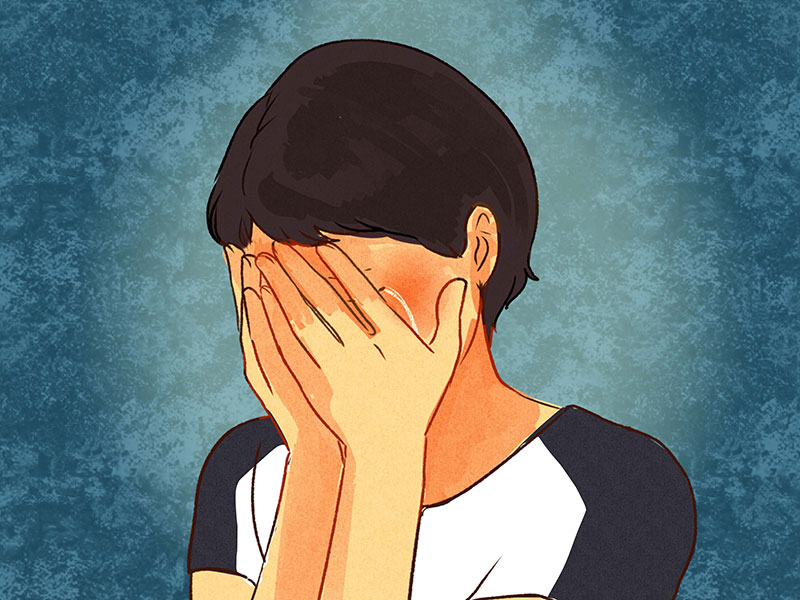
-9.1 percent students consume tobacco, 19.1 percent alcohol and 20.9 percent sexually active
-35.4 percent students addicted to the Internet and have poor sleep quality
KATHMANDU, March 28: A recent study has revealed that 21.2 percent of undergraduate students in Nepal are coping with depression and 35.4 percent are addicted to the Internet. The study has also linked sleep disorder to Internet addiction.
The first-of-its-kind study, according to the researchers, covered 937 students from 20 educational institutions in the Kathmandu Valley and seven in Chitwan.
"We found that a high percentage of undergraduate students either had Internet addiction, or poor sleep issues, or depression. More than half of the students had at least one of these problems," said Parash Mani Bhandari, one of the researchers.
The research titled 'Sleep Quality, Internet Addiction and Depressive Symptoms Among Undergraduate Students in Nepal' was jointly conducted by students of the Institute of Medicine (IOM) under Tribhuvan University -- Parash Mani Bhandari, Dipika Neupane, Shristi Rijal and Kiran Thapa -- and Shiva Raj Mishra, a master's degree holder in Public Health from University of Western Australia. Dr Amod Kumar Poudyal, associate professor at IOM, had supervised the research.
Published a week ago in BMC Psychiatry Journal, UK, by Biomed Central, the research paper says while over one-fifth of the undergraduate students have depression, Internet addiction and insomnia are prevalent in over a third.
Students having at least one of the three conditions (poor sleep quality, Internet addiction or depression) constitute 55.6 percent, and those with all of the three conditions represent 10.1 percent. "Percentage of students consuming tobacco was 9.1 percent and those who consumed alcohol was 19.1 percent. Similarly, 20.9 percent of the students were sexually active," says the report.
The students covered by the research had mean age of 21.01 ± 2.18 years, including 54.6 percent female students. Among the respondents, 54.5 percent studied in private institutions, 59.3 percent attended morning shift, 85.2 percent were unemployed and 90.7 percent had passed board examinations of the previous year.
"Out of the 937 students, 35.4 percent were categorized as Internet addicts, 35.4 percent were insomniacs and 21.2 percent were depressed. Statistically, significant interrelationship in between internet addiction, insomnia and depression was found," said Bhandari. "However, longitudinal studies are necessary before causal relation of these three variables can be implied.”
Higher level of internet addiction was found among those from lower-age groups, those who are sexually inactive and those who failed in previous year's board examination. Depressive symptoms were higher among students from higher-age groups, those who are sexually inactive, those who have failed in previous years' board examination.
Dr Poudyal termed the research 'quite authentic', and said it was based on quality, met standards and international methodology. "There is no space for doubts," he said.
Students were grouped as internet addicts, insomniacs or depressed based on globally validated cut-offs (Young's Internet Addiction Test score greater than or equal to 40 for internet addiction, Pittsburgh Sleep Quality Index score greater than five for insomnia and Patient Health Questionnaire-9 score greater than or equal to ten for depression).
You May Like This

Richest 1 pc bagged 82 pc of wealth created last year: Oxfam
A new Oxfam report has revealed that eighty-two percent of the wealth generated in the year 2017 went to the... Read More...

One object with numerous beneficial uses
Personal Computers’ (PC) are global phenomenon and these have turned the way the world operates. They have various general uses... Read More...
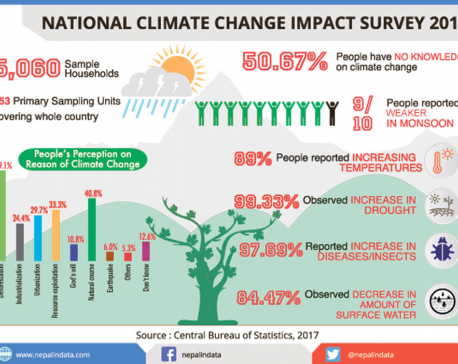
99.33 pc households note more drought in last 25 years
KATHMANDU, June 22: It is no longer a hypothesis or myth. The impact of climate change is real as far as... Read More...




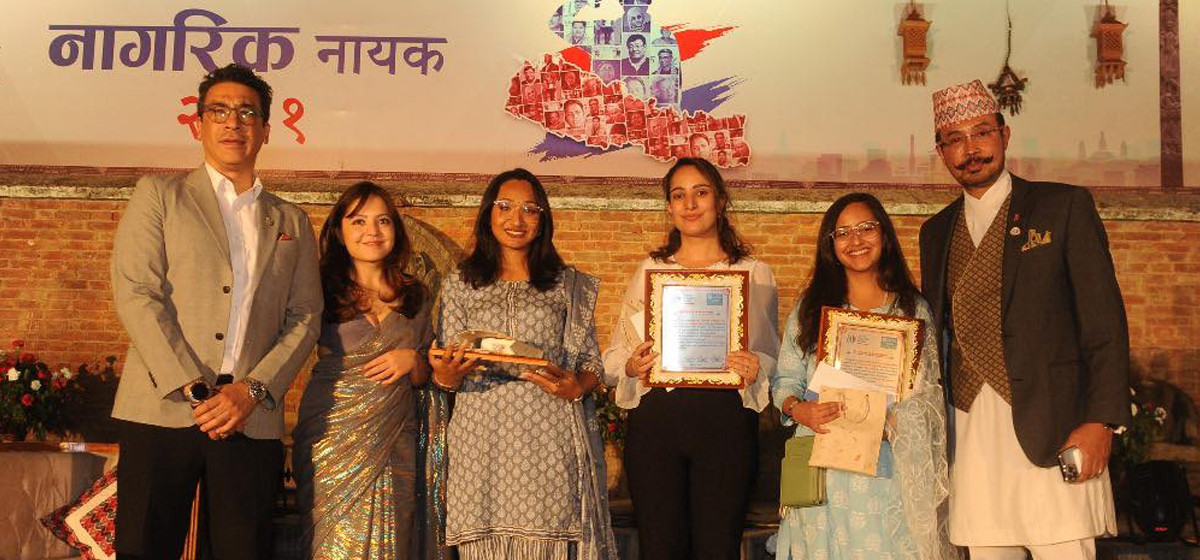

Just In
- Three youths awarded 'Creators Champions'
- King of Qatar to hold meeting with PM Dahal, preparations underway to sign six bilateral agreements
- Nepal's Seismic Struggle and Ongoing Recovery Dynamics
- Shrestha nominated as Chairman of NCC's Advisory Council
- Take necessary measures to ensure education for all children
- Nepalgunj ICP handed over to Nepal, to come into operation from May 8
- Nepal to gift two elephants to Qatar during Emir's state visit
- NUP Chair Shrestha: Resham Chaudhary, convicted in Tikapur murder case, ineligible for party membership



_20240423174443.jpg)




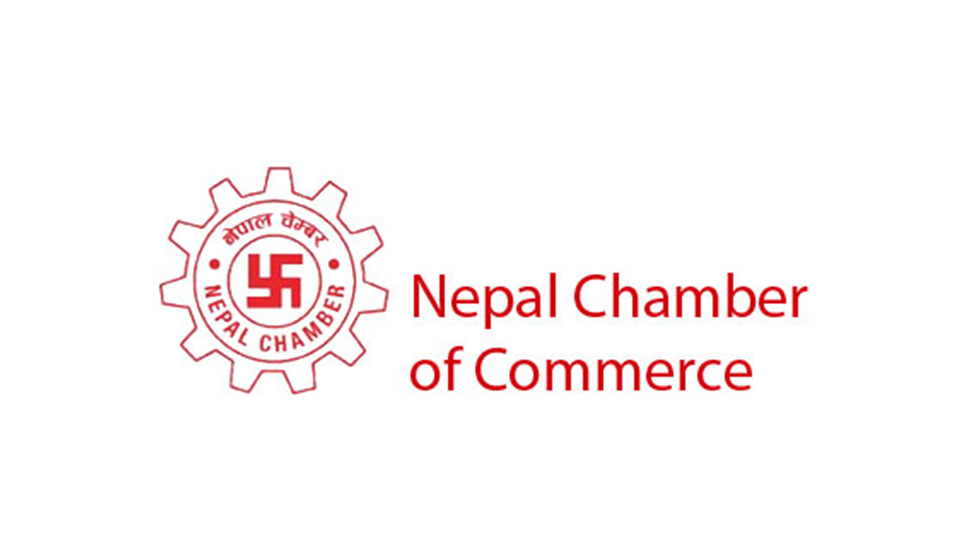
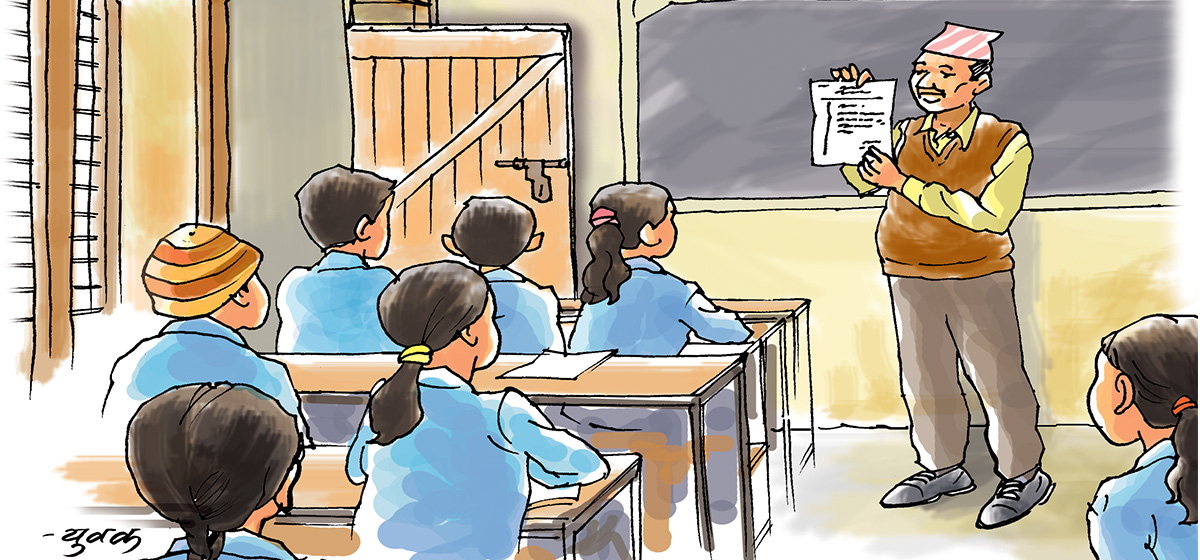


Leave A Comment